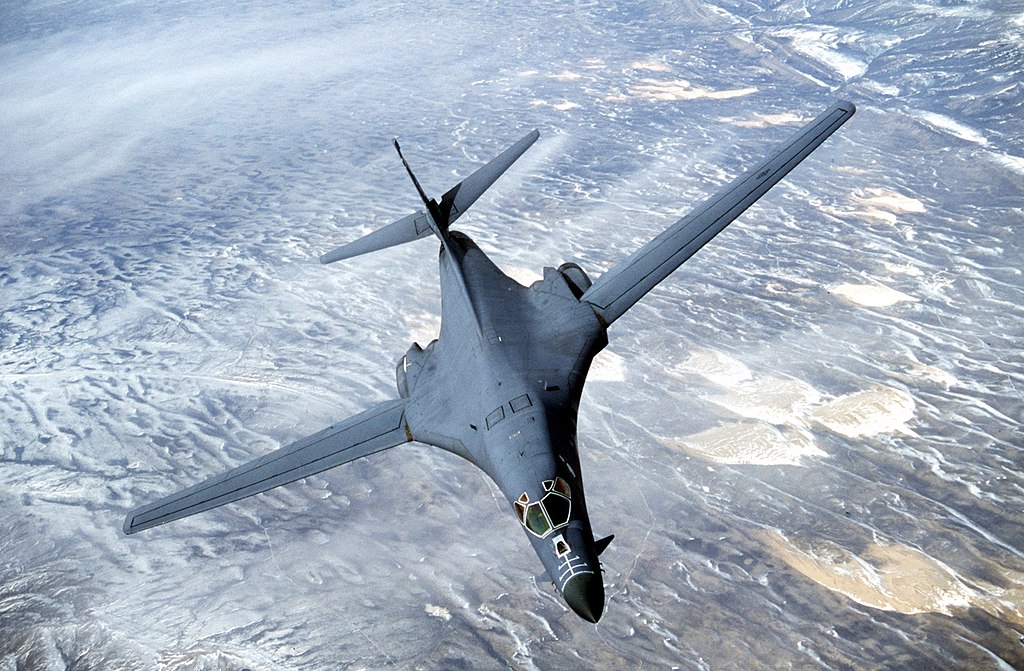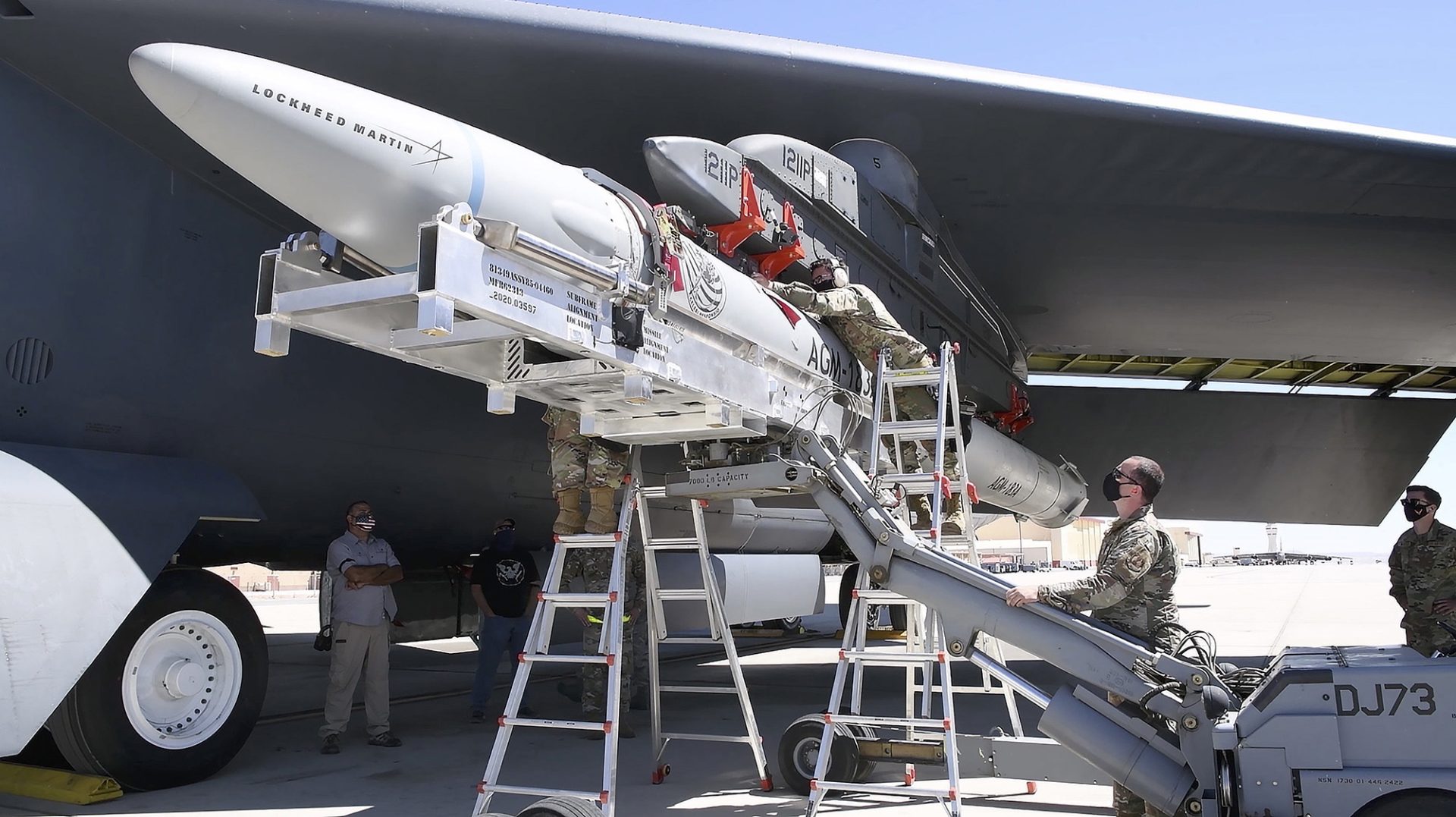The United States Air Force has finally successfully launched the Hypersonic Air-Launched Rapid Response Weapon (AARW). On May 14th, the 419th Flight Test Squadron and the Global Power Bomber Combined Test Force at Edwards Air Force Base conducted the first successful test of the ARRW off the coast of Southern California. The weapon demonstrated separation from the B-52H Stratofortress. Its booster ignited and burned for the expected duration, and the weapon was able to achieve speeds greater than Mach 5. It is worth noting that the United States Air Force, since 2020, has been considering using the aging fleet of B-1Bs as the primary launch platform for this missile. However, all tests so far have been off of the B52.

The official statement from the U.S. Air Force reads:
”A U.S. Air Force B-52H Stratofortress successfully released an AGM-183A Air-launched Rapid Response Weapon, or ARRW, off the Southern California coast, May 14.
Following separation from the aircraft, the ARRW’s booster ignited and burned for expected duration, achieving hypersonic speeds five times greater than the speed of sound.
“This was a major accomplishment by the ARRW team, for the weapons enterprise, and our Air Force,” said Brig. Gen. Heath Collins, Air Force Program Executive Officer for Weapons. “The team’s tenacity, expertise, and commitment were key in overcoming the past year’s challenges to get us to the recent success. We are ready to build on what we’ve learned and continue moving hypersonics forward.”
The 419th Flight Test Squadron and the Global Power Bomber Combined Test Force, or GPB CTF, both at Edwards Air Force Base, California, executed the test.
“The test team made sure we executed this test flawlessly,” said Lt. Col. Michael Jungquist, 419th FLTS commander and GPB CTF director. “Our highly-skilled team made history on this first air-launched hypersonic weapon. We’re doing everything we can to get this game-changing weapon to the warfighter as soon as possible.”
ARRW is designed to enable the U.S. to hold fixed, high-value, time-sensitive targets at risk in contested environments from stand-off distances. It will also expand precision-strike capabilities by enabling rapid response strikes against heavily defended land targets.”
Previous Tests
A booster flight test of ARRW took place in April 2021 at Point Mugu Sea Range, off the coast of Southern California but did not launch successfully; apparently the missile did not leave the pylon on the B-52.
Another test in May 2021 for the ARRW’s avionics, sensors and communications systems, was successful. On a flight to Alaska from Barksdale Air Force Base in Louisiana, the B-52 was able to receive target data from over 1,000 nautical miles away.
In July 2021, a second flight test at Point Mugu Sea Range, again being dropped from a B-52 bomber, was a failure as the rocket motor failed to ignite. On 15 December 2021, the third flight test failed to launch as well. On 9 March 2022, Congress halved funding for ARRW and transferred the balance to ARRW’s R&D account to allow for further testing. This successful test is sure to justify to Congress an increased budget for the ARRW. However, Congress has already slashed the 2023 budget for the program and instead has given the Air Force a sizable budget of more than 300M USD for the Hypersonic Attack Cruise Missile (HACM.)


